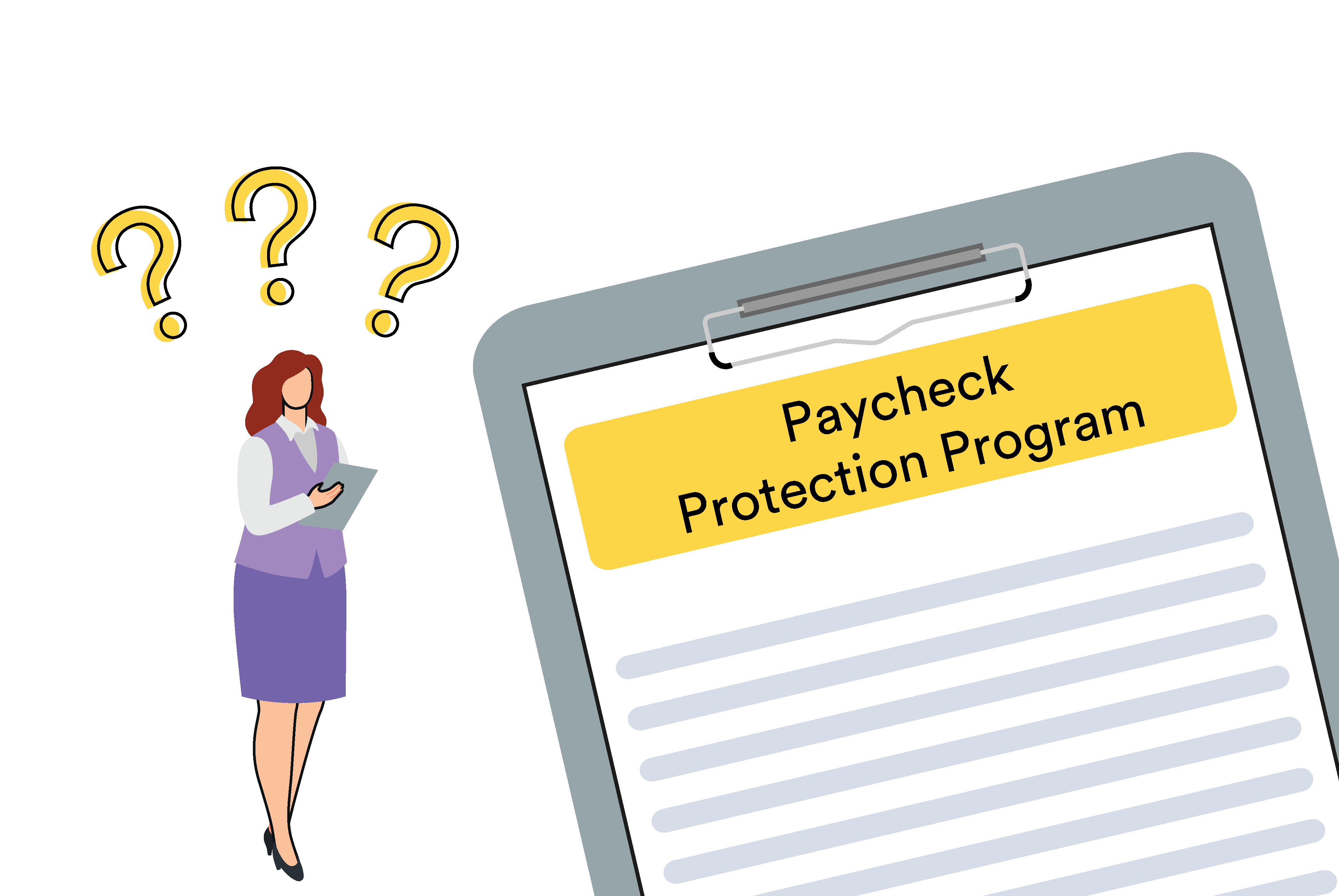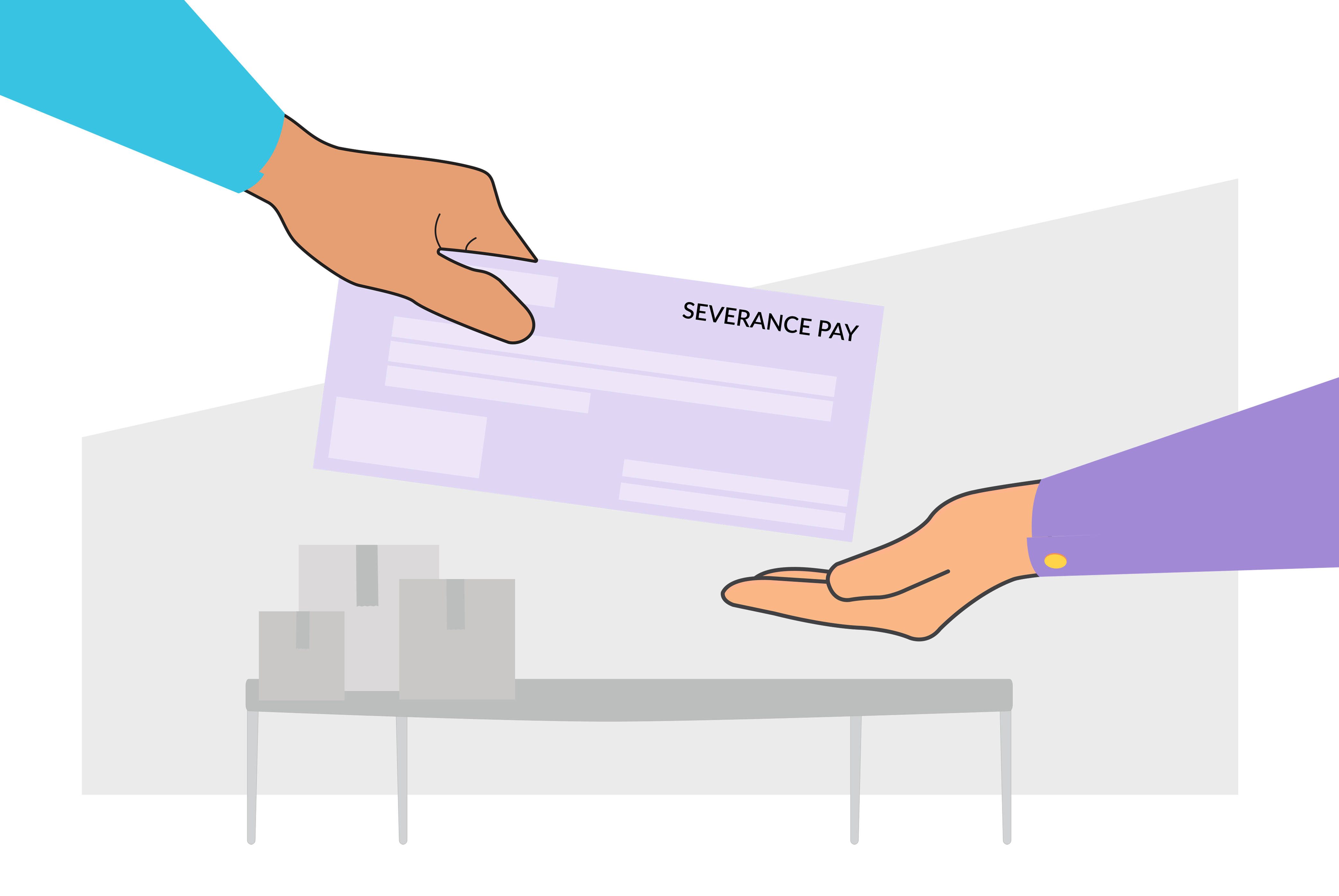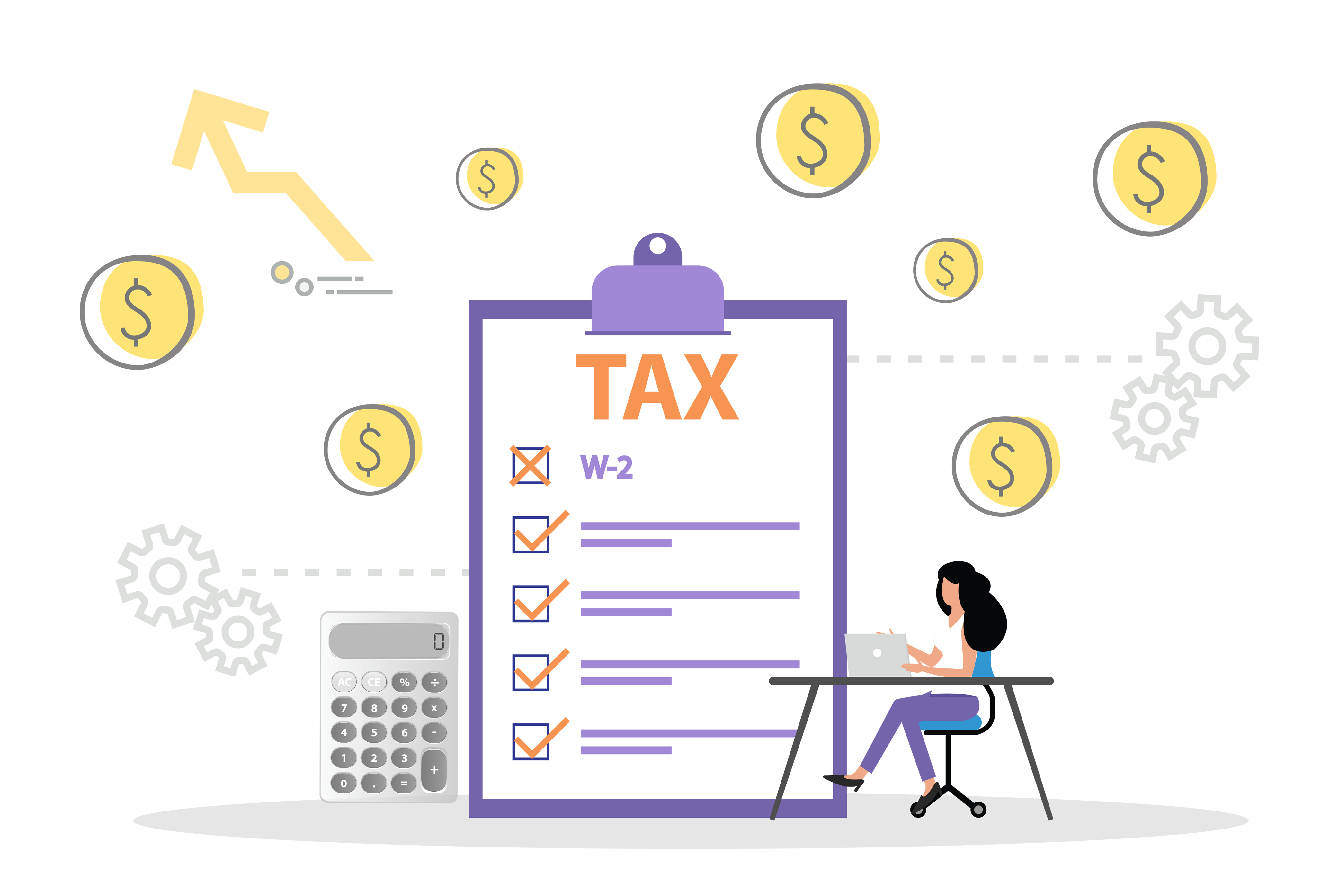Overview
This article will help you understand and address hostile workplace issues in California by answering the following questions:
What is considered a hostile work environment in California?
What behaviors are considered criteria for a hostile work environment?
Is a hostile work environment illegal in California?
How to prove a hostile work environment in California
Introduction
If you’re employed in the state of California, it’s important to be well versed in the definition of a hostile work environment and the measures you can take if ever subjected to harassing behavior in the workplace. A hostile work environment lowers productivity, limits work performance, hurts the company's reputation, and disrupts the mental well-being of employees. To safeguard your personal and professional interests as an employee or an independent contractor, you should know what to do if you are in a hostile or abusive work environment.
In this article, we’ll run through what is considered a hostile work environment in California, what constitutes a hostile workplace, and finally, the steps you can take to report offensive conduct in a workplace.
What Is Considered a Hostile Work Environment in California?
Each U.S. state has its specific definition and legal framework for a hostile workplace. California defines a hostile work environment as improper conduct in the workplace that is severe enough to create an abusive work environment for one or more employees. California Fair Employment and Housing Act (FEHA), passed in 1959, specifies that failing to put an end to the occurrence of a hostile work environment is unlawful.
Hostile Work Environment Definition
In California, a workplace meets the criteria of a hostile work environment if there is persistent behavior targeting one or many individuals based on protected characteristics like age, sex, religion, national origin, mental or physical disability, age, or gender. For a workplace to be deemed hostile, improper conduct has to be severe; this means that trivial or isolated incidents of this nature do not make a workplace hostile in the eyes of the law. Employment discrimination, victimization, and harassment create a hostile work environment.
Workplace Harassment Definition
Improper conduct targeting an individual in a workplace escalates to harassment if it is persistent and involves threats to a victim’s safety and well-being. Some examples of harassing conduct in the workplace are homophobic or racial slurs aimed at individuals, sexual advances, or comments on protected characteristics like age, race, or sexuality. Harassment can even be in the form of inappropriate jokes, touching, or asking for sexual favors.
What Behaviors Are Considered Criteria for a Hostile Work Environment?
A hostile workplace allows inappropriate behavior to persist long enough to amount to workplace harassment. There are many actions and comments that are considered unacceptable behavior in a workplace. These include sexual advances or comments, discriminatory behavior against individuals from protected classes, or workplace bullying.
Sexual Harassment
Unwanted sexual conduct towards an employee is considered harassment. Sexual harassment in California falls under two categories — quid pro quo and hostile work environment.
Under California labor law, quid pro quo sexual harassment occurs when sexual favors are exchanged for workplace benefits. Supervisors in a place of seniority usually initiate this behavior, offering subordinates opportunities to gain advantages in the workplace. These can include a promotion, raise, favorable assignments, or absence of corrective action for mistakes.
The second type of sexual harassment is a hostile work environment, which is also recognized as harassment by state law. The employee can file a harassment claim against an employer if the employee is a victim of sexual advances or comments, the employee’s sex is a cause for harassment, and this harassment is pervasive.
Sexual harassment can come from a variety of people in the workplace. The list includes supervisors and bosses, company owners, clients, customers, or even external vendors. However, it's not just limited to these examples.
Discriminatory Harassment
FEHA protects individuals from workplace harassment based on race, religion, color, nationality, ancestry, physical or mental disability, medical condition or genetic information, marital status, sex, gender, age (being 40 or older), gender identity or gender expression, sexual orientation, and military/veteran status. It is also illegal for employers of five or more employees to discriminate against applicants because of a protected category or penalize them for asserting their civil rights.
Some instances of discriminatory harassment in a workplace could include persistent comments on someone’s age, like calling them ‘grandpa,’ a male supervisor’s comments on a female employee’s clothes, etc.
California law also protects individuals harassed based on perceived characteristics, e.g., an individual who identifies as heterosexual being the target of homophobic remarks.
Workplace Bullying
Jokes and banter amongst employees are natural, but persistent and targeted bullying that creates an unwelcome or unsafe atmosphere can qualify as inappropriate behavior in a workplace. Cruel jokes meant to humiliate or frustrate an employee, or repeated degrading behavior can be defined as bullying. Verbal abuse, humiliation, and cyberbullying grant employees in California the right to sue the person engaging in this behavior or their employer.
Workplace bullying can qualify as harassment if it’s based on the protected categories in the FEHA act.
Behaviors Must Be Pervasive and Severe
The inappropriate behaviors discussed above need to be pervasive and severe to be classified as harassment. For a workplace to qualify as a hostile environment or warrant a lawsuit, inappropriate behavior cannot be occasional, trivial, or sporadic.
Legally, improper conduct rises to the level of harassment when it occurs repeatedly or threatens an individual’s mental or physical safety.
Hostile Work Environment Examples
Here are some examples of practices that could be common in such a workplace and be signs of a hostile work environment:
Vulgar remarks on someone’s gender or sexuality
Biases against people of color resulting in slurs, rejections of applications, or targeted workplace bullying
Repeated aggressive outbursts by seniors or supervisors
Sexual advances or sexist remarks targeted toward any employee
These are just some of the ways hostility can manifest in workplaces. Repeated occurrences of harassing conduct in a hostile work environment can limit an employee’s ability to perform their duties properly. As a responsible person in any company, it is essential to look out for these instances and micro-aggressions against your colleagues.
Is a Hostile Work Environment Illegal in California?
FEHA protects workers from hostile work environments. California state law protects employees from discrimination or harassment based on race, sex, age, gender, sexual orientation, disabilities, etc. Sustained and repeated behavior on these grounds can warrant legal action. The act requires employers to attend to the allegations, make immediate amends, initiate an investigation, and take remedial measures.
Many employees refrain from speaking up against discrimination and harassment in the workplace as it might hurt their job prospects. Fortunately, thanks to the FEHA, any measures that put you at risk or punish you for standing up for your rights invite retaliation from the state. Once you file a claim with the California Department of Fair Employment and Housing, you are protected from any further retaliation.
How to Prove a Hostile Work Environment in California
If you are looking at reporting any misconduct in your workplace, you will have to do some groundwork before filing a formal complaint. Employees can take simple steps to build a solid case and ease the entire process. If victims or co-workers have sufficient evidence to support their claims of improper conduct, seeking action and proving the claim is made a lot simpler.
Report the Activity to Your Employer as Soon as Possible
If the abuser is a co-worker, the human resources department or senior management can quickly step in and end any offensive or derogatory behavior before it escalates.
In the absence of any corrective action by management, the evidence against the employer mounts, making it easier to validate the claim.
Take Detailed Notes of What Happened
Victims should document every instance of harassment with dates and timelines to strengthen claims of the severity of the problem. Email exchanges, audio or video proof, internal memos, or responses from the HR department to complaints can be beneficial while building a harassment case against the perpetrator.
Gather Witnesses If the Behavior Continues
If the hostility and harassment continue in the face of reporting the incidents, you should start gathering witnesses. Speak to co-workers to learn if they have also experienced or witnessed any inappropriate behavior in the workplace. Having others back up your claim can fortify your complaint significantly.
Seek Legal Help
If seeking help from management and HR hasn’t helped, don’t hesitate to seek legal advice and support from employment lawyers. Speak to employment law attorneys from law firms who can assist you in filing a hostile work environment claim. They will also make you aware of your employee rights and what protection the law offers.
During a hostile workplace lawsuit, the court considers the severity and frequency of actions. Having concrete evidence of hostile work environment harassment ready will make the process smoother for you.
Don’t Stay in a Hostile Work Environment, Let Joblist Help
No employee should ever be subjected to a hostile work environment. Continuing employment in such working conditions can have long-term effects on your mental health and productivity and leave you with confidence and self-esteem issues.
With Joblist, you have the power to leave your hostile workplace and look for new positions that fit your requirements. Take the quiz on our website and personalize your job search to receive the most relevant leads.
Mentioned In This Article






